Tajikistan
Map & Basic Information
-
Area
About 142,600 square kilometers
-
Population
10 million people (2022: UN Population Fund)
-
Capital
Dushanbe
-
Ethnicity
Tajik (84.3%), Uzbek (12.2%), Kyrgyz (0.8%), Russian (0.5%), other (2.2%) (Tajikistan Republic Presidential Office Attached Statistical Agency)
-
Language
The official language is Tajik (a Western Iranian language belonging to the Iranian branch along with Persian in Iran and Dari in Afghanistan). Russian is also widely used.
-
Religion
Sunni Islam is most dominant. In the Pamir region, there are many followers of the Ismaili sect, a branch of Shiism.
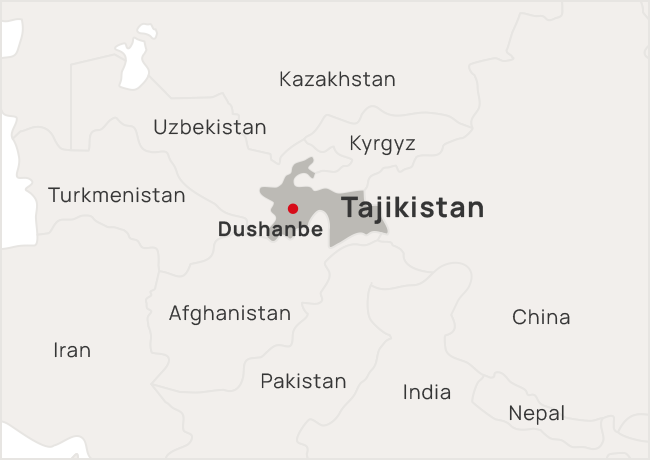
Issues to be addressed
Tajikistan has signed but not yet ratified the Convention on the Rights of Persons with Disabilities (CRPD), which the United Nations adopted in 2006, and has not reflected CRPD enough in their domestic laws. Discrimination and prejudice against disabilities are still remaining, and outdated belief that "children with disabilities should be educated in special needs schools" persists as the only way to this issue. Many children with disabilities are unable to leave their homes and have little to no connection with society.
Activities
Inclusive education
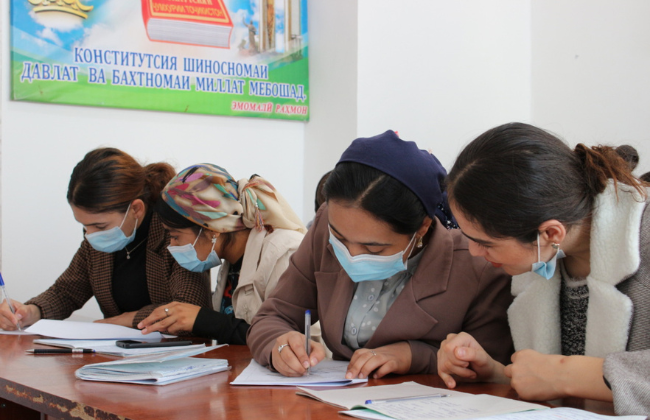
Students creating personalized education plans for disabled children.
We are providing teacher training to promote inclusive education, where children, regardless of disabilities, learn together with consideration for their individual characteristics and needs. We are giving training for teachers in State Educational Institution of Hisor Pedagogical College to foster educators well-versed in inclusive education. Furthermore, we are remodeling the college to be accessible to everyone.
Promoting social and economic independence for women with disabilities
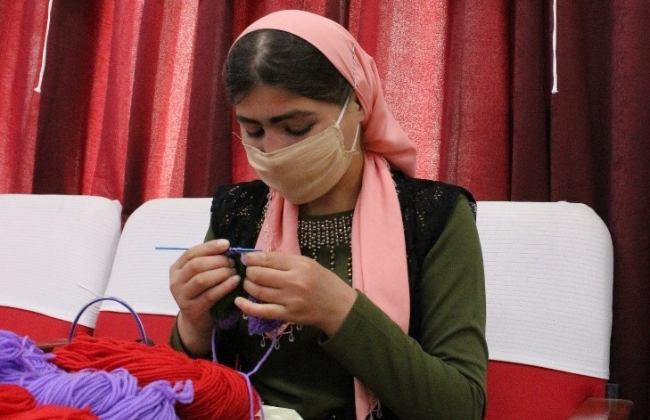
Women receiving training in sewing techniques
Women with disabilities tend to face the difficulty of getting jobs and are more likely to fall into poverty. For this reason, we provide employment support for women with disabilities and their families through training in sewing techniques. In addition, since there are prejudices against people with disabilities, such as "they should stay at home" or "they can't do anything," we hold an exhibition of the participants' work in the training to promote understanding among the residents.
Major Activities in Past
-
2011 - 2012
Supporting the wheelchair workshop
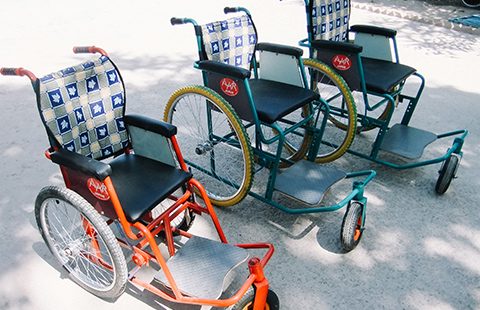
To promote the social participation of people with disabilities, we supported the only wheelchair workshop in Japan. We manufactured and distributed wheelchairs tailored to people with disabilities and the environment in which they use them.
-
2010 - 2011
Capacity building of
organizations of people with
disabilities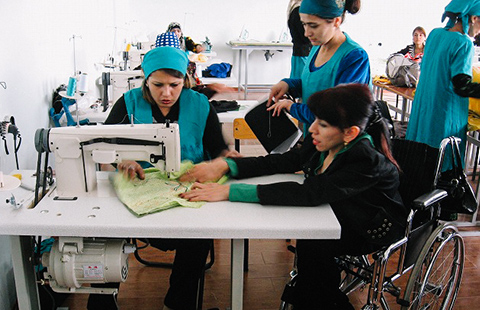
We developed facilities for organizations of people with disabilities and conducted vocational training courses, courses on care of people with disabilities, and social welfare seminars.
-
2001
Emergency assistance for
Afghan Refugees
We distributed food to Afghan refugees who had fled near the border between Afghanistan and Tajikistan.